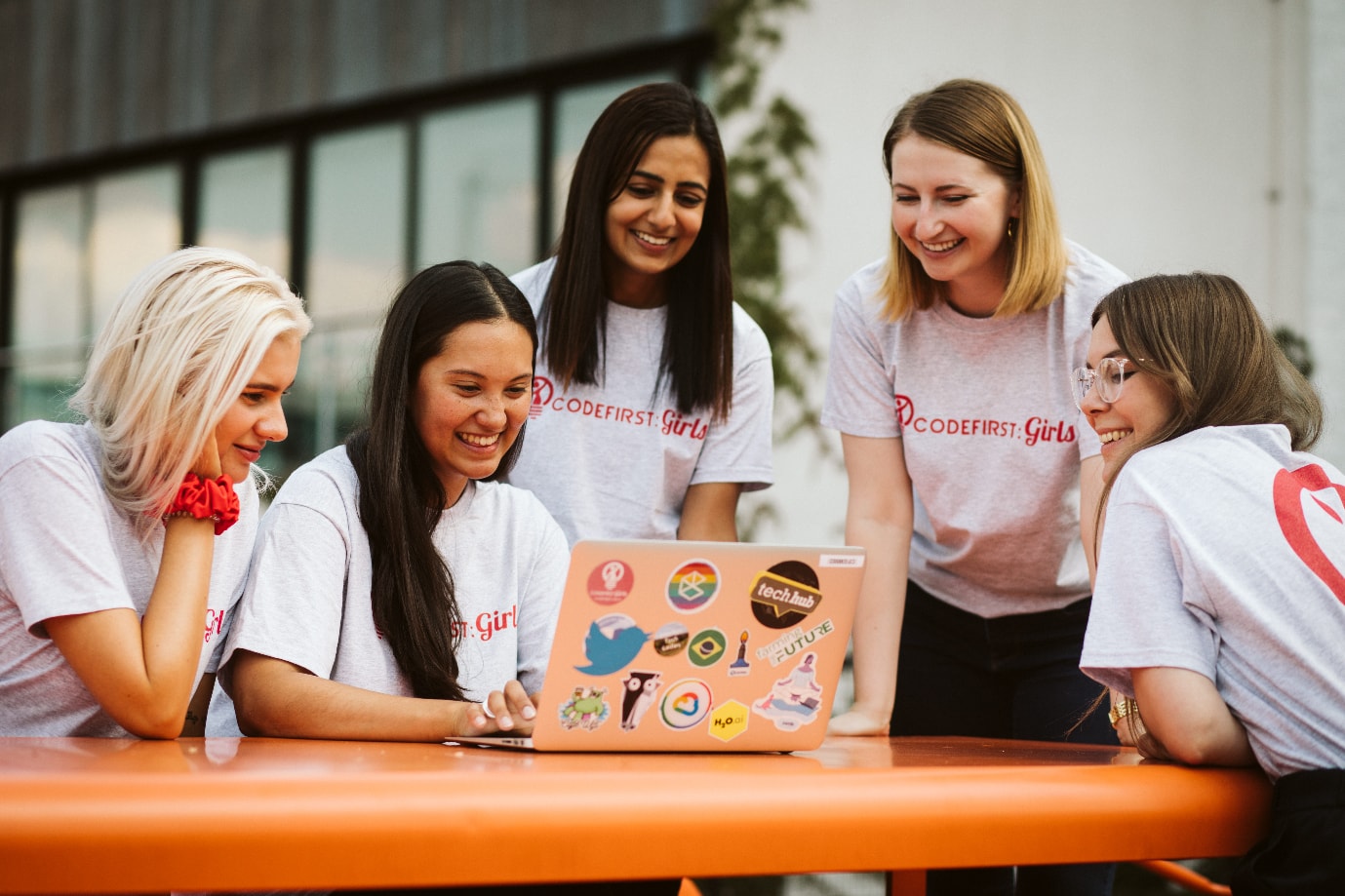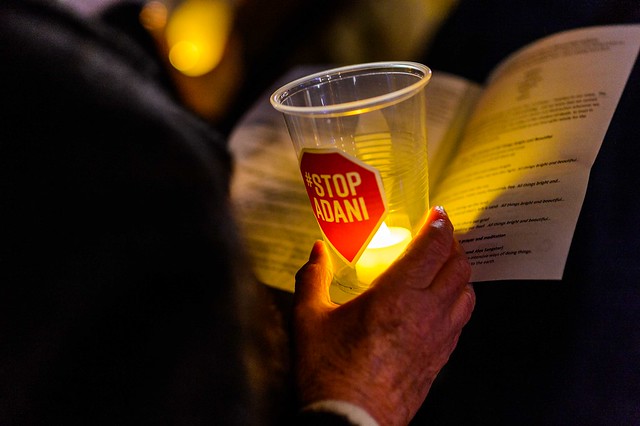With women accounting for just 16% of the technical workforce in 2018, enormous change powered by a collective effort is needed to establish a balance of representation in the technology field. Representation drops even further when considering the intersection between minority groups in tech, such as women of color, LGBTQIA+ women, and non-binary people.
Building diverse and inclusive workforces is important for individuals and businesses. Research shows that diverse teams across all industries are more creative, experimental, and productive and are better at meeting deadlines and staying under budget. Also, when women are in upper management, financial performance improves.
Each woman’s story on how she enters a STEM subject (science, technology, engineering, or math) will be unique. As a trailblazer, there will be self-doubt and discrimination, but also triumph, strength, and the opportunity to have a profound impact on others.

How we begin to unlock these journeys – and the undeniable benefits of a diverse workforce and an empowered society – starts with increasing access to technology and creating new opportunities. Both tasks must be underpinned by a strong community.
Community cultivates a culture of acceptance and inclusion. Bringing women together sparks conversations that break down the stereotype that tech is “just for boys”. By making the industry more welcoming and approachable to beginners, we can start to successfully expose more minority groups to the technology industry.
Considering my own situation, I was lucky to have a family that encouraged my technical explorations and pursuit of computer science at university. However, I kept my interests in technology somewhat hidden from my friends because it was not a topic that girls were commonly interested in.
During my university studies, I finally found my first female friends who loved technology. There were only a handful of women studying computer science, so we soon developed a supportive community in each other. Notably, it was through them and other female role models that I started to recognize the importance of connecting women in STEM, and inspired me to start advocating for women in tech.
A Microsoft study found that as girls get older their interest in technology careers drops. By the time girls are in university, 58% think that programming is “not for them”. However, girls who know a woman working in a STEM field are nearly 20% more likely to feel empowered by STEM activities – strongly indicating that the power of female role models and communities is quantifiable.

Change Is Coming
Societal barriers are being broken down and doors gradually opened to women in tech. Organizations are striving to create an industry that is representative of the world, not just the privileged few.
To tackle low female representation in tech, organizations are providing free programming training, guidance on making career shifts into tech, developing mentor/mentee relationships, and are increasing the visibility of female role-models. The most impactful organizations are fostering community alongside their offerings.
A sense of belonging in tech is developed by building both individual confidence and collective confidence or feelings of group inclusion. Individual confidence is often derived from upskilling and the proving of capabilities to oneself, thereby overcoming harmful gender stereotypes.
Collective confidence grows through discovering a community that makes one feel valued and included. The power of community should not be underestimated. It has the capability to transform minds and instigate dramatic change.
Community groups are needed throughout the entire career pipeline to attract and retain women at different career stages and age ranges by addressing the evolving challenges at each stage of being a woman in tech.
Let me highlight several of my favorite program:
The STEMettes, created by Dr. Anne-Marie Imafidon, targets girls in elementary and middle schools to introduce them to STEM subjects through hackathons, panel events, exhibitions, and school trips. They also work with high school and university students to support them through their studies and deliver opportunities for growth.

The STEMettes connect young women to fantastic female role models through their Students to STEMettes mentorship scheme, introduces girls to technical subjects in an approachable and creative way, and unlocks opportunities many girls would have never imagined having, for example the chance to win an all-expenses paid trip to the Grace Hopper Conference, the largest female computing conference in the world.
Code First: Girls is a life-changing community which provides free coding classes to 18-23-year-old women and female or non-binary current or recently graduated students. They have taught over 10,000 women to code and aim to teach 20,000 women by 2020.
CF: G empowers and inspires their community to use technology as a mechanism to pursue and achieve their dreams regardless of educational background. They unlock doors previously closed to many women and provide their community a platform to inspire others through speaking engagements, unique events, and interviews.

Women@Microsoft, an internal Microsoft community, aims to help existing women in tech thrive. This is accomplished by spreading knowledge about technical advancements, sharing tailored career advice, and developing mutually beneficial relationships amongst employees. This work is proving crucial to improving retention of existing women in tech.
Each of these organizations helps build women’s individual confidence and skills by providing training, but they crucially also build collective confidence by creating a strong community – this is what makes them effective in changing lives.
Self-Perpetuating Growth
The beauty of communities like those highlighted previously is that they can transform into collaborative friendships that continuously uplift their members. Their power is compounded by the inclusion of others, and the achievements of each person They are networks of ambitious women who are constantly striving to improve themselves and the lives of others.
A community founded on altruistic goals often finds that altruism becomes part of the group’s culture. Many of the women who are part of these communities have gone on to help others find success or develop solutions to problems with which they have personal experience. These communities encourage each other to create impact with their new skills and to dream big.

Eventually the girls who previously sought out role models become role models themselves. Their stories about how they endeavoured for greatness and pushed through barriers then empower the next set of women to join the community. They uplift others just as they have been uplifted themselves.
The message that community is crucial to building a gender-balanced industry can be applied on a wider scale to build industries with diversity in ethnicity, socioeconomic background, sexual orientation, religion, age, and physical abilities.
Community creates a self-perpetuating growth of inclusion and fosters positive global change.
Moving Towards Equality
The UN’s 2030 Sustainable Development Goal (SDG) 5 focuses on achieving gender equality and empowerment for all women and girls. Some targets focus on using technology to promote the empowerment of women and ensuring women have full, effective, and equal opportunities to rise to leadership positions so they can participate in “decision making in political, economic, and public life”.
Technology is one of the world’s most powerful industries. It is changing every region of the world and every industry. With technical jobs that pay 36% more than the national average in the UK increasing in demand at twice the speed of non-digital jobs, actions need to be taken to ensure the entire population has access to self-fulfilling, well paid jobs where they can be decision makers in key global industries. The importance of technology being created with everyone in mind becomes critical as it increases its influence on people’s personal and professional lives.
By breaking down the barriers that hold women back from pursuing technical subjects, we begin to build confidence, which leads to bolder action and growth. This growth unlocks new gifts and talents that many women would not imagine they have. As women embrace their gifts, they discover their power; a woman with power gains her voice; and a woman who gains her voice is an unstoppable force for positive impact on the world.
Community kicks off that process by building a network of support which lessens feelings of being an outsider and replaces it with acceptance and love.

It is important to remind ourselves that the freedoms and benefits in our lives are largely thanks to the commitment, perseverance and bravery of activists who came before us. They decided to create the change they wished to see in the world.
We live their hopes and dreams for the future. For women, we live the dreams of our foremothers like the suffragettes and the millions of hidden women who changed the world. We are manifestations of their dreams every day we go to work, every time we vote, and through every independent decision we make about the lives that we live.
Community formed the backbone of so many activist movements that got us to where we are today. We all must be a part of the collective effort to uplift those around us so that our futures and the futures of others are brighter and more fulfilling.
“Feminism can’t exist in principle. It needs the oxygen of action. We are its life force. If not us, who? If not now, when?” – The Guilty Feminist, Deborah Frances-White













